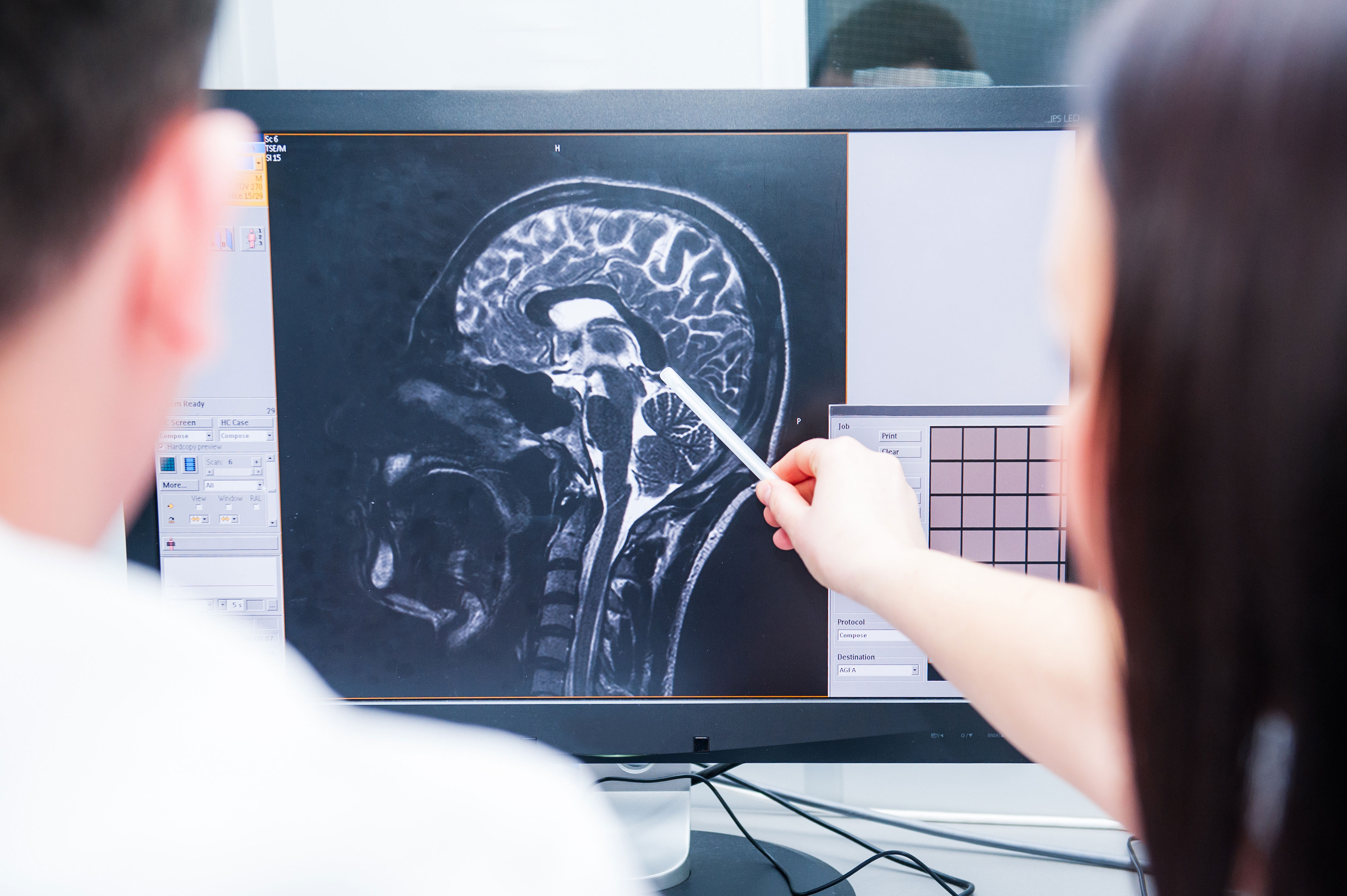THE SCOPE OF THE PROBLEM
One of the many problems with the current body of knowledge related to traumatic brain injury is that we do not really know the scope of the problem. The CDC numbers from 2013 indicate about 2.8 million TBI-related ER visits, hospitalizations and deaths per year in the US. This number only reflects ER and hospital patients and is based on diagnosis codes, with somewhere around 80% being categorized as mild traumatic brain injury (mTBI). It does not include an estimated 14% treated in clinics and primary care offices and perhaps another 24% that do not seek any medical treatment or, of course, missed diagnoses. The real number, including sports and recreational activity related concussions, is estimated to be closer to 3.8 million a year. Those that suffer from persistent post-TBI disability are estimated at 5.3 million.
DEFINING THE PROBLEM, OR NOT
Complicating the problem of diagnosis is a lack of a uniform definition. Some of the literature considers mTBI and concussion to be synonymous. The Consensus Statement on Concussion in Sport from 2009 treats the two terms as separate processes that should not be used interchangeably. The paper does not provide a distinct definition for mTBI, nor does it state how it can be differentiated from concussion. The trauma literature tends to use mTBI and the sports literature tends to use concussion. There are no laboratory tests currently accepted as diagnostic for mTBI and standard imaging misses about 60% of patients, leaving clinical and cognitive symptoms as the basis for diagnosis. Using signs and symptoms as a basis for a diagnosis is not problematic in itself. Many conditions are defined this way. The problem with mTBI is that there is no consensus on the clinical symptoms that define it. .
There are several published guidelines by national organizations that define mTBI, not to mention Canadian, British and other international guidelines. The most commonly referenced guidelines/definitions include the Centers for Disease Control and Prevention (2003), the Veterans Affairs/Department of Defense (VA/DoD) Clinical Practice Guidelines (2009), the EAST PMG (Eastern Association for the Surgery of Trauma Practice Management Guidelines 2001), the American College of Rehabilitation Medicine definition (1993) and the afore mentioned Consensus Statement on Concussion in Sports, now with a 5th international conference in October 2016. None of these often referenced and cited guidelines agree on a definition. Even a symptom as significant as a seizure is not a consistent component of the published guidelines.
The past decade has brought an increased awareness of concussion and mTBI along with increased research. It is difficult to study a problem that is not well defined, however. Numerous health care providers deal with concussion and TBI including physicians, physical therapists, athletic trainers and psychologists. There are many laboratory tests, imaging studies and neurocognitive evaluation tools being studied by these varied disciplines. A publication by the National Academies of Sciences, Engineering and Medicine, “Sports-Related Concussion in Youth: Improving the Science, Changing the Culture” (2014) reviews many of the problems regarding diagnosis. This fairly comprehensive review lists 7 symptom scales, 4 computerized neuropsychological tests, 2 balance tests, 8 sideline assessment tools, 7 imaging studies, EEG, QEEG and 3 blood tests used in the diagnosis, evaluation and study of concussion. Borrowing a concept from my surgical education, if there are multiple techniques being used to fix the same problem nobody has figured out the best one.
MORE WORK NEEDED
Current guidelines recommend CT scan as the initial imaging study of choice although it may only give a positive result in 40-45% of cases. MRI scans cans pick up an additional 20%, but are not supported by current guidelines. Special studies, not part of routine diagnosis and care, can be useful for diagnosis and determining the extent of damage. The most common special imaging techniques for mTBI include diffusion tensor MRI, functional MRI and Single Photon Emission Computed Tomography (SPECT), these are not widely available and can be costly. Serum biomarkers for TBI, substances that can be detected in body fluids, continue to be studied and may lead to better diagnosis and possibly treatment.
As research continues the definitions for the spectrum of traumatic brain injuries will be refined. More accurate and timely diagnosis should lead to a better understanding of prognosis, long term sequela and hopefully treatment. Despite the recent upswing in awareness, more work needs to be done in educating physicians, physician assistants, nurse practitioners and all health care providers that may see potential TBI patients. Many cases are still missed and not followed up on. Victims of head trauma, their families and friends need to be aware of the potential problems so that the victims can get the help they need..
